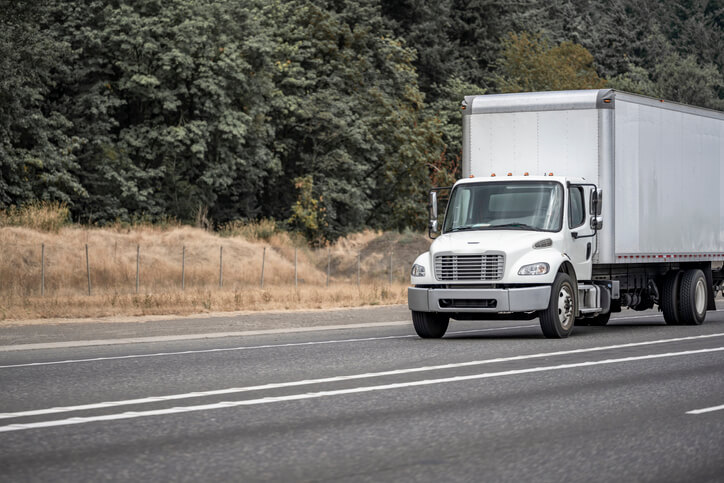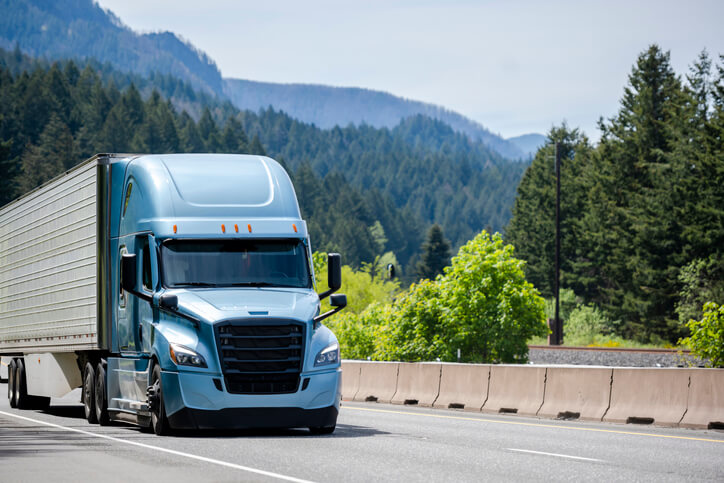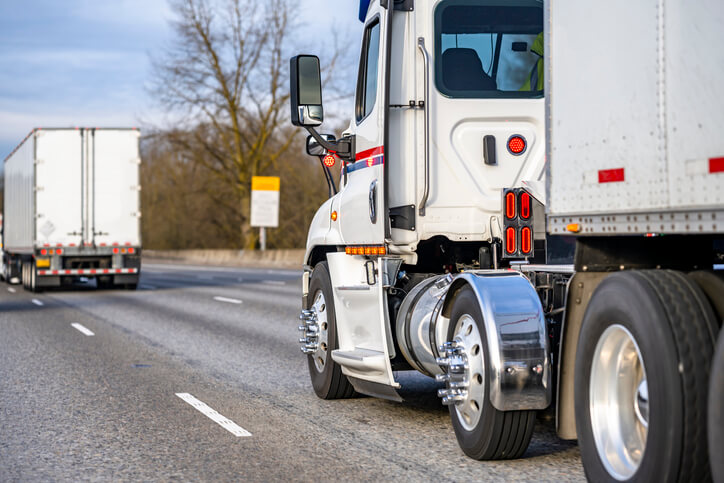Sharing the road with other vehicles is a challenge. This can be especially true when you are talking about oversized vehicles like semi-trucks and tractor-trailers. These large scale vehicles take up a lot of space on the road. They are big, they are heavy, and they are often traveling at high speeds across America’s highways. To help you stay safe while you are sharing the road with these big rigs, we are going to talk about a notable feature of oversized trucks and one that has powerful implications for others on the road. This is about their blind spots. Large trucks come with large blind spots. Avoiding them can help you and your loved ones stay safer on the roads.
Avoiding Truck Blind Spots
Bling spots surround semi-trucks. The blind spot to the truck’s front extends about 20 feet from the truck’s cab. The blind spot directly behind the truck extends from the truck’s trailer out about 30 feet. Then, there are blind spots on either side of the truck that extend back diagonally. These large blind spots are often referred to as the truck’s “no zones” as cars should avoid entering and lingering in these areas.
Avoiding truck blind spots starts by being aware of them. Know where they are and avoid entering these areas. Of course, sometimes going into the truck’s blind spot is unavoidable. Should you need to pass a semi-truck or otherwise pass through one of its blind spots, do so as quickly as you can safely accomplish. It is also helpful if you use your signals early on so that the truck driver can be put on notice that you are intended to pass them.
You should also be aware of the truck’s side mirror. The general rule of thumb is that if you cannot see the truck driver in their side mirror, it is more likely than not that the truck driver cannot see you either. If you cannot see the truck’s side mirror, you are in one of the truck’s blind spots and should get out of that spot as soon as possible so that you are visible to the truck driver.
Should you be driving behind or in front of a large truck, remember that there are sizeable blind spots here as well. Be sure that there is plenty of room between you and the truck. If you are in front, remember that the truck cannot stop as quickly as other vehicles. Tailgating a truck can be equally as dangerous. If you are driving behind a truck, you are not going to be able to see what is going on in front of the truck. You would not be able to anticipate whether the truck was going to need to make a quick stop. Give plenty of room for you to safely brake should the truck need to brake suddenly.
Philadelphia Personal Injury Attorneys
If you or a loved one have been in a truck accident, you may have suffered a serious injury. The team at Cooper, Schall & Levy is here to fight the legal battles for you so that you can focus on your health and recovery. Contact us today.







